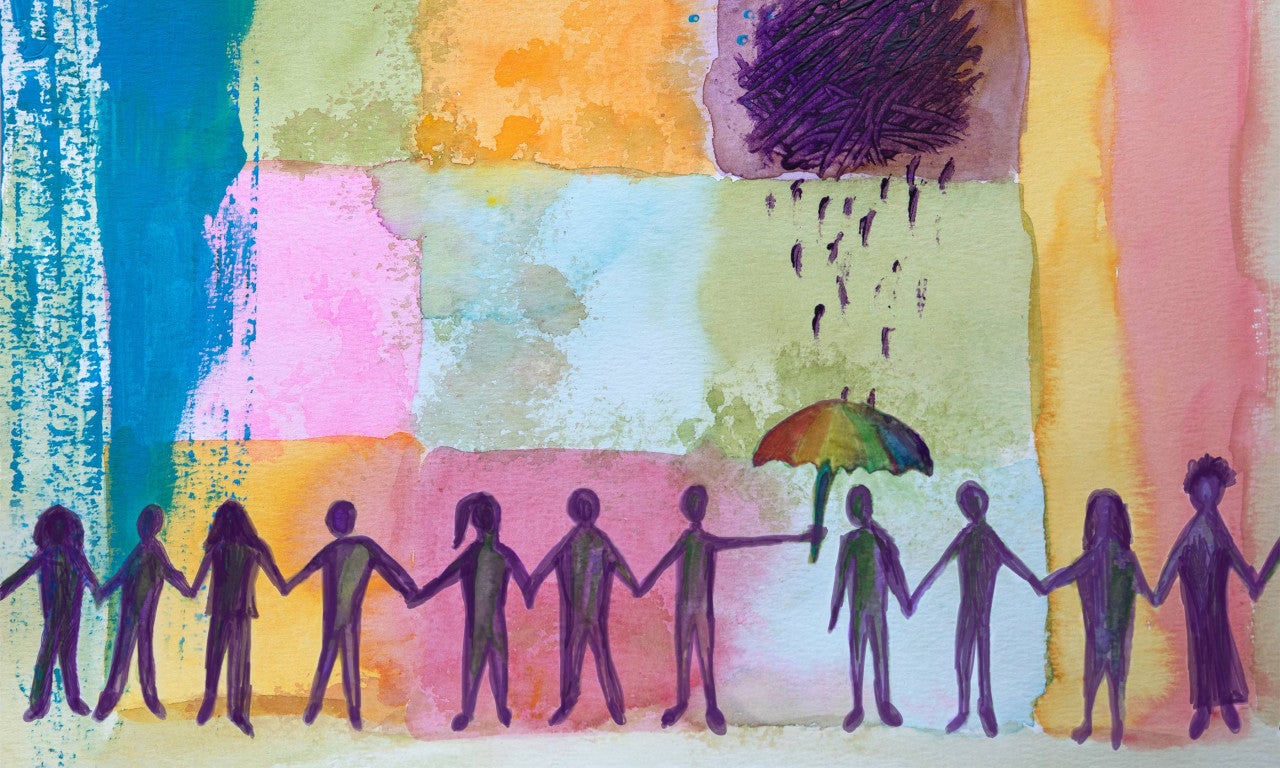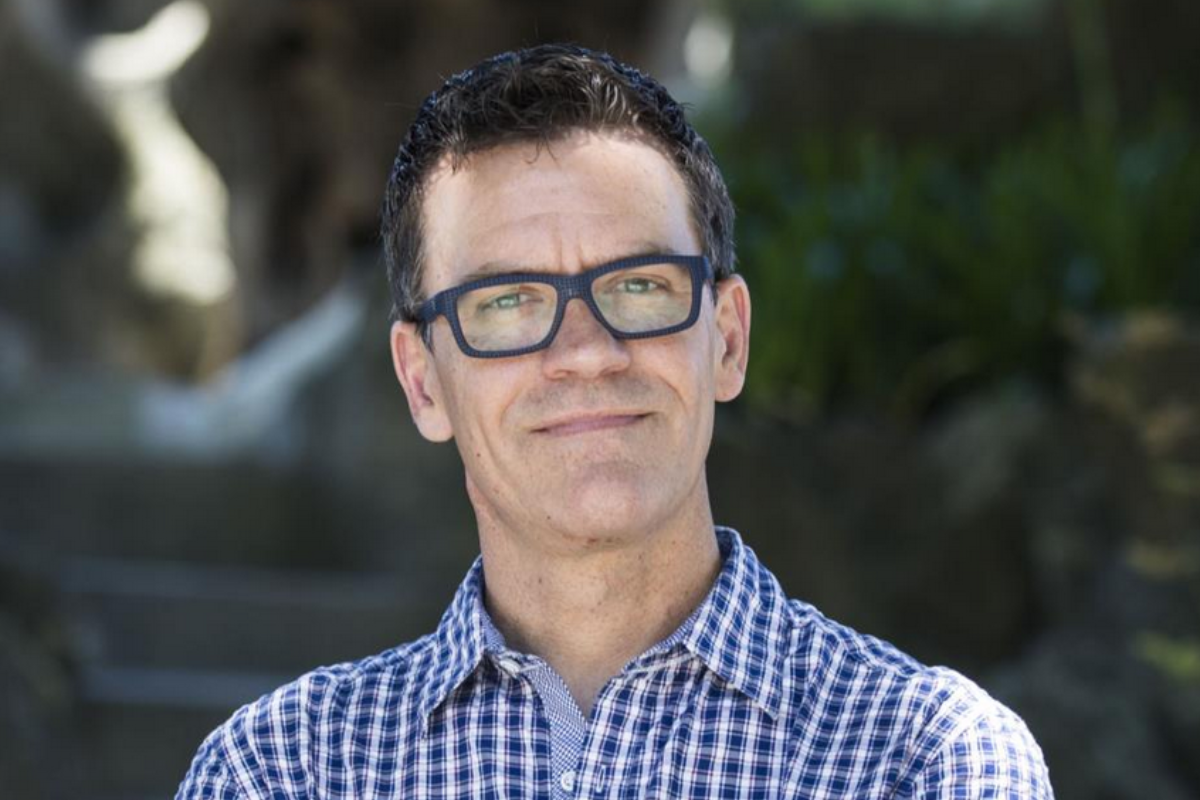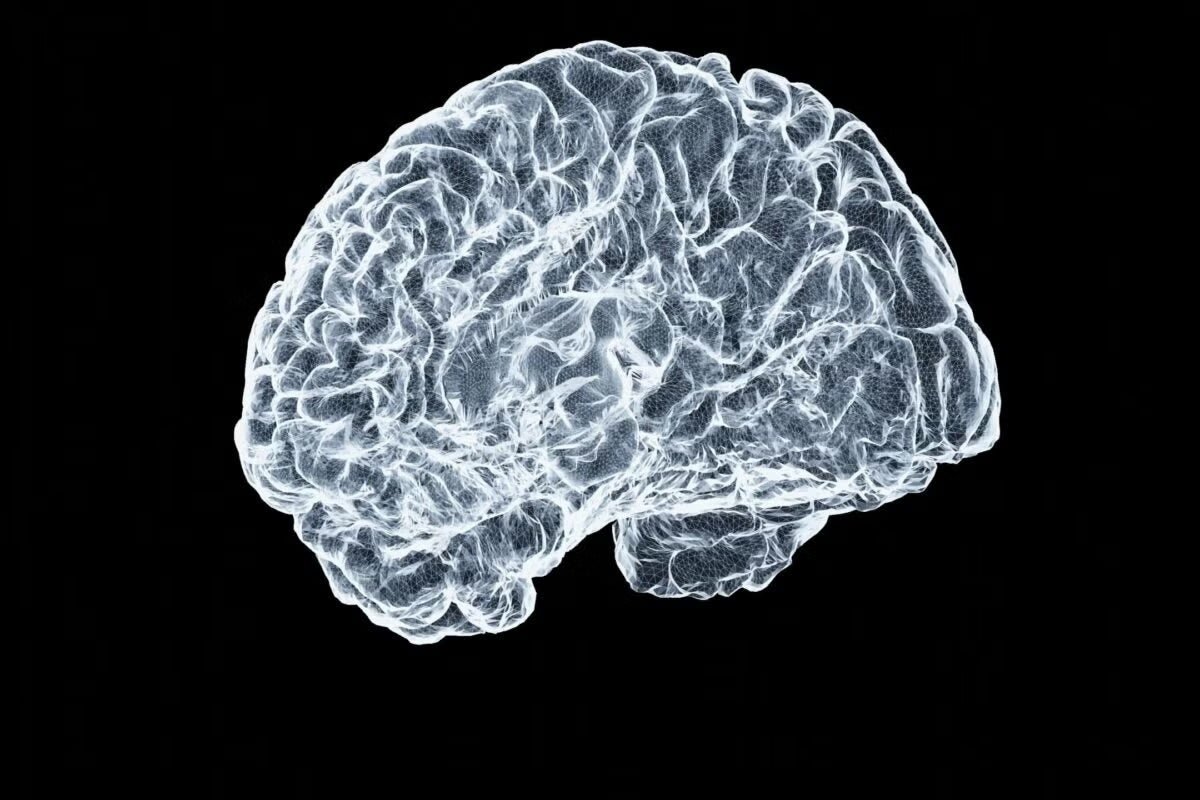How to Best Support LGTBQ Youth, According to Science
Simple steps adults can take to support the young people around them.

Image by The University of Texas at Austin
Pride Month is a time of celebration every June. This year's commemoration also comes at a time of heightened attention to the mental health concerns of young LGBTQ people. Recent research has shown these youth may be experiencing more concerns than older LGBTQ people.
We spoke with Stephen Russell, who leads the SOGI (sexual orientation and gender identity) Health and Rights Laboratory at UT Austin. A professor and chair of the Department of Human Development and Family Sciences, Director of the School of Human Ecology and its Amy Johnson McLaughlin Chair, Russell is one of the foremost experts on the development of LGBTQ young people. In conversation, he shared what everyone needs to know about supporting younger members of the LGBTQ community.
Understand Kids Differ from Adults
Support for and acceptance of LBGTQ people has increased in society in recent decades. Still, disparate health vulnerabilities for young LGBTQ people have persisted – and even worsened, Russell explains.
"There is a strong general perception that things have improved for LGBTQ people," Russell said. But with young people, he said, "In many cases there have been growing rather than shrinking health disparities. Across a lot of the things we care about – mental health, substance use, victimization – things are actually measurably worse rather than better for LGBTQ youth, especially at the intersections of race, culture and gender."
Things can be getting better for LGBTQ people but worse for LGBTQ youth because of what scientists call a developmental collision: young people's LGBTQ identity and visibility now overlaps with a period of adolescence (typically middle school) where neuro-cognitive development guides human beings to social comparison, self-critique and "peer regulation," which can occur as prejudice and bullying.
"LGBTQ youth are coming out at the developmental period when they, their peers and schools are least equipped to support their emerging sexual and gender identities," Russell said.
He also points out that the most high-profile examples of progress, such as marriage equality and workplace civil rights for trans people, affect primarily adults.
"There still is no federal nondiscrimination protection for minors – for schools or child welfare, certainly not for trans kids," he said. "LGBTQ rights have been largely adult rights."
Public Debates Affect Youth
With books about LGBTQ characters and topics being removed from some public libraries and schools, with laws to outlaw the teaching of LGBTQ topics in public schools and with a lot of political commentary focused on issues like banning trans youth from sports, youth who are LGBTQ can feel like they are in the spotlight. One study Russell co-authored found that bullying of LGBTQ youth in school was higher during public debates about LGBTQ rights.
Researchers at UT also have found that school-based victimization factored heavily into higher rates of substance abuse and suicidal ideation among transgender youth. Not only that, schools face more absences and lose revenue when biased-based bullying is prevalent. That's because students miss more school when they feel unsafe.

Stephen Russell, chair of the Department of Human Development and Family Sciences. Photo by The University of Texas at Austin.
Preferred Names and Pronouns Help
In a 2018 study, Russell and a team of researchers found that using transgender teens' preferred names and pronouns decreased the risk of depression and suicide among youth.
Researchers interviewed transgender youths ages 15 to 21 and asked whether young people could use their chosen name at school, home, work and with friends. Compared with peers who could not use their chosen name in any context, young people who could use their name in all four areas experienced 71 percent fewer symptoms of severe depression, a 34 percent decrease in reported thoughts of suicide and a 65 percent decrease in suicidal attempts.
"It's practical to support young people in using the name that they choose," Russell said. "It's respectful and developmentally appropriate."
Support Kids Where They Already Are
Russell believes a lot can be accomplished by having policies in schools, child welfare and juvenile justice systems that are inclusive and help protect LGBTQ youth. He says sexual orientation and gender identity need to be named as statuses that are legally protected from discrimination and victimization in these spaces, and adults who work in these spaces need professional development training so they know how to intervene in prejudice and how to support LGBTQ youth, including when it comes to social transition and identity affirmation (such as access to appropriate restrooms and locker rooms for transgender youth).
Remember the Fundamentals
There are a lot of things parents cannot control about their children's lives, but fundamental areas are worth focusing on, Russell said. Parents and caregivers often worry about gender and sexuality, but for most youth the more important issues are a good amount of sleep, proper nutrition and exercise and loving support from the people around them – regardless of gender and sexuality.
"One of the best things you can do is learn how to program your wi-fi to shut off at bedtime," Russell quipped. "I hated having to do it when I had a teenager in the house, but it's one of the best ways to make sure they get enough sleep. Parents may also find that they get more sleep, too."
When it comes to gender and sexuality, Russell said, it is developmentally normal for youth to try on a number of identities before they settle on the one that is right for them. Rather than parents and caregivers reading into these things, it's worth remembering healthy child and youth development remains more about the fundamentals.
Give Youth Opportunities to Lead and Learn
Russell explains that youth are very good at creating their own spaces for support, whether in community-based youth organizations, online and virtual spaces or student organizations at schools like gender-sexuality alliances (GSAs). Many are inherently curious and simply need access to information – people who are allies and resources, inclusive curriculum and good books pertaining to history, literature, science and sex education.
Russell also encourages youths to do their research and learn about ways to support themselves and others when they are stressed.
Surround Kids with Helpful Grown-Ups
For teachers, librarians, pastors, karate instructors, crossing guards and anyone else that interacts with young people regularly, it's important to understand that what you say and do has an impact. The Safe Zone Project, a free online resource and curriculum for LGBTQ youth allies, and Stories and Numbers, a Texas-based website that the SOGI Health and Rights Lab helped develop, offer resources that adults who intereact with youth can draw upon.
"When we talk to young people, over and over we hear 'There was this one person that told me what I needed to hear. They saw me. They connected with me,'" Russell said. "Or it's 'There was one person I knew I could go to if I needed help, and even if I never needed it, just knowing they were there made all the difference.'"
When adults really listen to youth they interact with and show kindness, "you may be that safe person to a kid and you don't even know it," Russell said.



